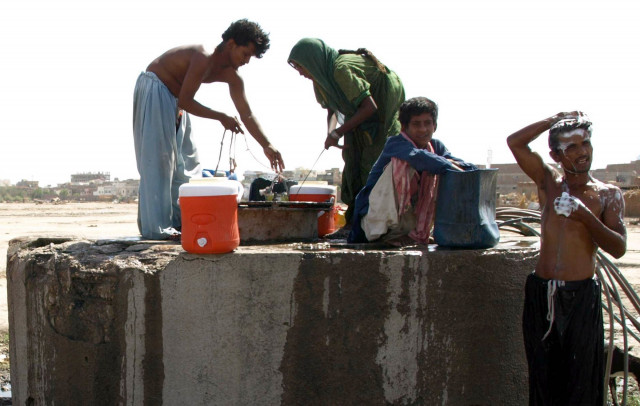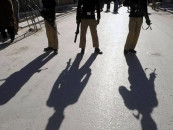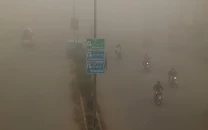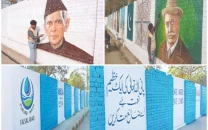Work on rainwater storage yet to begin
WASA seeks govt help for WB funding of project

The construction of 12 underground rainwater storage tanks across the provincial capital to protect the citizens and their property during the monsoon season has not yet started due to unavailability of funds.
With six months left before the next monsoon season, the Lahore Development Authority (LDA) says funds required to build the tanks are not available. The Water and Sanitation Agency (WASA) has reportedly sent a letter seeking the required funds from the World Bank with the help of the federal government to avoid the recurrence of problems caused every year because of accumulation of rainwater in various localities after rains.
Several feet of rainwater accumulates on the roads during monsoon in Lahore, causing a risk to the lives and property of the citizens as well as traffic problems. Some roads remain inundated for several days after a rain. WASA decided to build 12 underground water tanks at key locations in the city as a permanent solution for storing rainwater during the monsoon season and stopping the depletion of the groundwater level. A water tank was built along Lawrence Road, which earlier faced prolonged inundation after rains. After the completion of the project, as soon as the rain stopped, the water flowed away from the road to the storage tank and the traffic flow was restored.
Punjab Chief Minister Usman Bazdar visited the site and praised the performance of Wasa. The construction cost about water tank cost Rs150 million of which only Rs40 million has been received by Wasa from the Punjab government, while the remaining 70% cost is yet to be received, according to officials.
Wasa has decided to build 12 more water storage tanks at different locations of the city including Green Belt Amir Town, Gaddafi Stadium, Gulberg Town, FC College Ground Gulberg, Waris Road, Railway Station Park, Dyal Singh College Road, Kashmir Road, Punjab Assembly Parking, Sheeanwala Gate, Mori Gate, Ravi Town and B Block Tajpura. The estimated cost of the project is Rs1.71 billion and the Punjab government has approved for construction of the underground water tanks. The sources said Wasa had sought funds from the LDA to build a groundwater storage tank but the latter expressed its inability to pay the amount due to unavailability of funds.
According to the sources, the Punjab government could not ensure the availability of funds. As a result, it has been five months since the project was launched but work on it could not start. Wasa has now initiated correspondence with the Planning Commission for foreign aid to build three underground water storage tanks. It has reportedly sought help for World Bank funding for the project. A cost of Rs1.35 billion has been estimated for the water storage tanks and de-watering sets. A letter would be sent to the federal government by the provincial government.
With the approval of the provincial and federal governments, borrowing money from the World Bank is a long process, which has also made it clear that underground water storage tanks are less likely to be completed before the coming monsoon season. This will create further problems for citizens in the next year as well due to stagnant rainwater. WASA MD Syed Zahid Aziz said they had surveyed important places in the city and highways which cause more difficulties to the traffic and citizens and made the first project of its kind in Pakistan to build underground water storage tanks at twelve more places. Due to the unavailability of funds, work on it could not start.
They are trying to get funds from the federal government and World Bank in collaboration with the Punjab government. Initially, three tanks are being constructed for which a letter has been written to the federal government for funds. He said that work on the project will start as soon as the funds are received.



















COMMENTS
Comments are moderated and generally will be posted if they are on-topic and not abusive.
For more information, please see our Comments FAQ